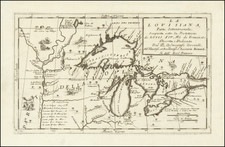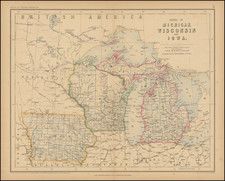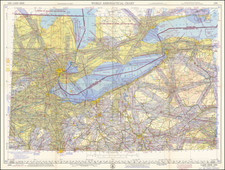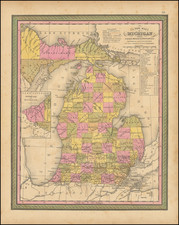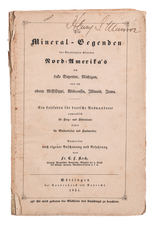Stock# 51253
Description
Finely drafted map of part of Cheboygan County in northern Michigan, likely drafted by a local surveyor.
Place names include:
- Village of Cheboygan
- Township of Benton
- Township of Duncan
- Township of Grant
- Township of Inverness
Information on the map suggests it was drafted no earlier than the mid-1860s.
- Thompson Smith acquired Jeremiah Duncan's mill property at Duncan Bay after Duncan's death in 1854.
- The Property at the east side of the mouth of the Cheboygan River is owned by S(anford) Baker. Baker acquired this property which housed a steam saw mill in the fall of 1866.
- McArthur Smith & Co., another large landowner, began business by the beginning of 1868.
Condition Description
Drawn on drafting linen. Minor soiling and foxing.









